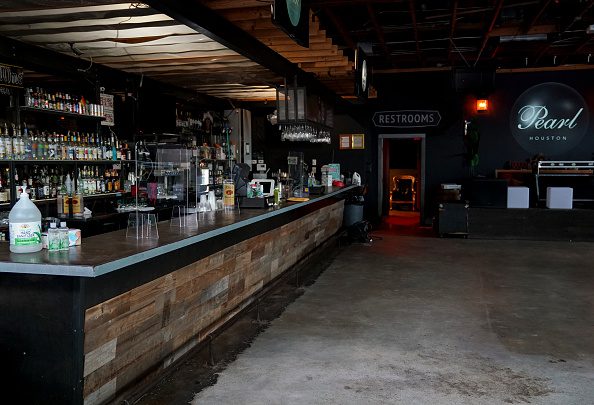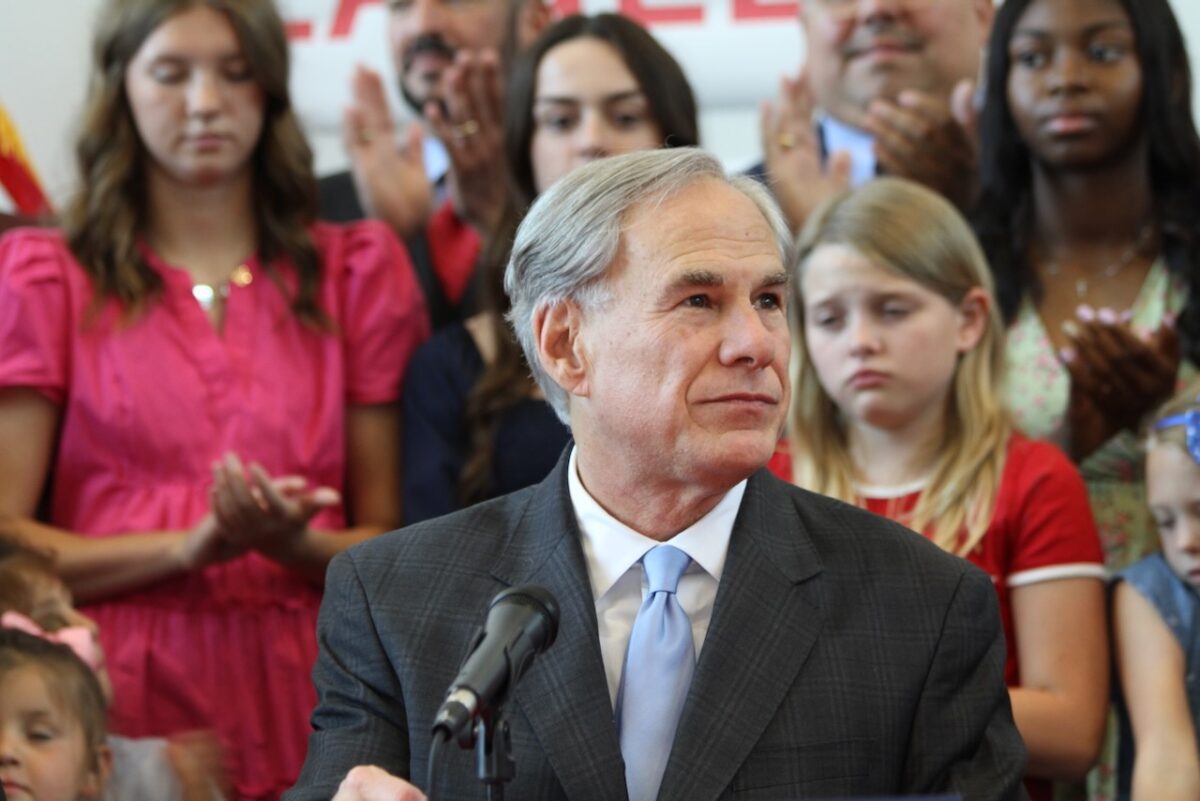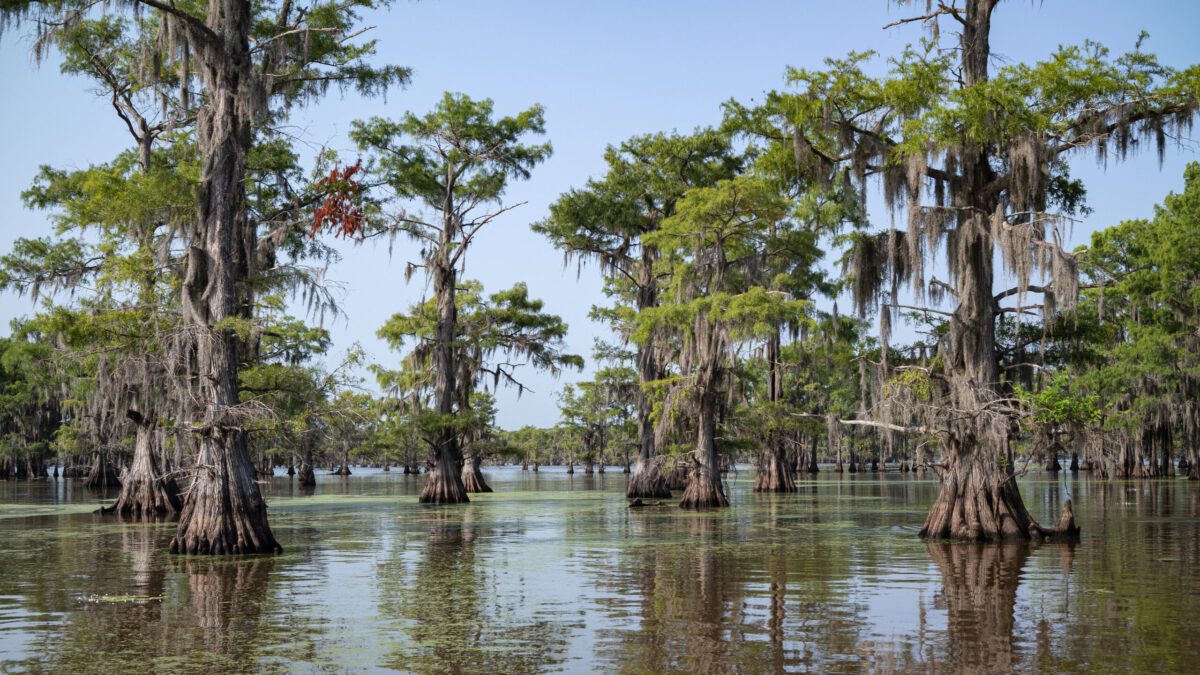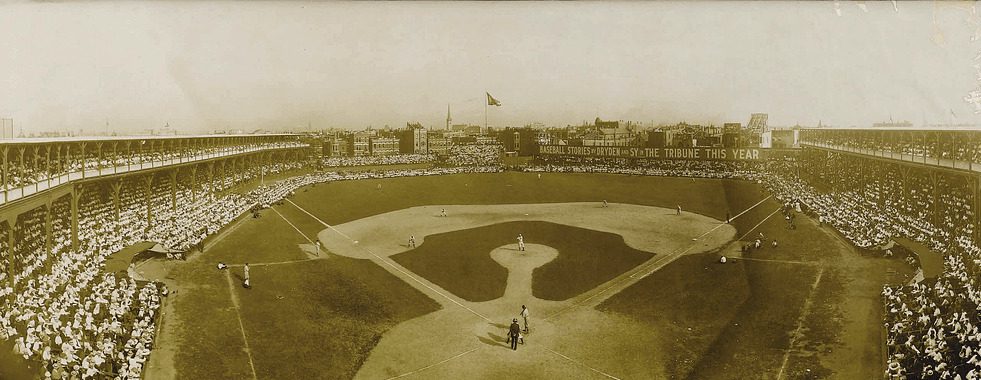
Pearl Bar in Houston is one of two lesbian bars in Texas. (Photo by Godofredo A. Vasquez/Houston Chronicle via Getty Images)
In the United States, there are only 36 remaining lesbian bars compared to an estimated 803 gay bars. The Lesbian Bar Project reports that in 1980 there were 200 lesbian bars.
But why the disparity? One Texas bar owner said it all comes down to a difference in lifestyle.
“There are several factors, but one key reason is that women—statistically—tend to prioritize home life over nightlife, while gay men more often seek out social and party spaces,” Mindy May, the general manager of Dallas lesbian bar Sue Ellen’s, said. “Economic disparities also play a role, as women generally earn less, making it harder to sustain nightlife businesses targeted to them. That said, it’s also a testament to progress: queer women today often feel welcome in a broader range of venues and no longer need to rely solely on exclusively lesbian spaces for community and safety.”
READ MORE: Rainbow rundown: 9 Pride 2025 events in Dallas-Fort Worth
Through the documentary series The Lesbian Bar Project, concentrated efforts are being made to raise awareness around the lack of lesbian bars across the country. Originally started as a PSA in 2020 that raised $117,000, it evolved into a 2021 film that highlighted lesbians bars across the country, and went on to fundraise over $150,000.
Later, a three-part series from the project took viewers to Pearl Bar in Houston, a lesbian bar founded by Julie Mabry in 2013. The goal in opening the bar was to have “a safe and welcoming space that catered to Houston lesbians and the queer community,” according to their website.
KEEP READING: 2025 Pride: 7 ways to celebrate in Houston
Per NBC News, lesbian bars continued to dwindle in the ‘90s and early 2000s due to the rise in technology, leading to people being able to meet others virtually instead of having to go out in public to do so.
“It used to be that the lesbian bar was really the only place you could go to meet anyone, whether it’s romantic [or] whether it was social,” Lisa Menichino, owner of longtime New York City lesbian bar Cubbyhole, said. “As mainstream society started to accept gay people more and more, you didn’t just have to go to a lesbian bar. You take it for granted, not realizing that it’s something you have to support.”
Instead of letting these numbers discourage them, lesbian bars across the country are taking pride in the idea of being a historic landmark, and being able to act as a safe space for so many LGBTQ+ people.
“It carries enormous significance,” May said. “There’s a deep sense of pride in being part of something rare and historically meaningful. It connects people to a living legacy—something tangible they can point to and say, ‘This is ours.’”
Though the majority of these bars see increased popularity in June due to it being Pride Month, keeping these bars open and alive also depends on supporting them throughout the year, not just in one month.
How can you help support these remaining few bars? By showing up and supporting year-round, or considering making a donation to groups like The Lesbian Bar Project to help raise funds. Spreading the word to get more people through the door and attending events can also help the bars maintain operation costs.
“Part of that responsibility is ours—to create and maintain relevance year-round, not just in June,” May said. “But the public can uplift us by showing up, telling our stories, supporting our events, and recognizing that queer joy and community deserve to be celebrated every month of the year.”












